There’s always a unique thrill that comes with unboxing a new phone. The crinkling of shrink wrap, the factory-fresh smell, that pristine screen untouched by fingerprints — it gets me every time. As someone who lives and breathes smartphones, comparing the Samsung Galaxy S25 Plus and iPhone 16 Plus felt like watching two heavyweight contenders step into the ring. These aren’t just phones; they’re statements. And in 2025, they each make a very different one.
Both Samsung and Apple have refined their mid-tier flagship formula. The S25 Plus slots in just below the Ultra beast, while the iPhone 16 Plus is Apple’s larger, more affordable iPhone for those who want screen size without breaking the \$1000 mark. I’ve had my hands on both, and the differences — while subtle at times — could completely change how you interact with your phone daily.
So which one deserves your hard-earned dollars? Grab a coffee, sit down, and let’s dive deep. This isn’t just a spec sheet comparison — this is how they feel, perform, and live in your hand.
First Impressions: The Feel of the Future
Taking the Galaxy S25 Plus out of the box, my first reaction was just how refined it felt. Samsung’s been perfecting its industrial design for years, and this phone is a testament to that. The rounded aluminum frame sits comfortably in my palm. The glass back has a soft sheen, subtle yet modern, and in Silver Shadow, it practically glows under warm lighting.
The iPhone 16 Plus, on the other hand, oozes familiarity. Apple rarely strays far from its core design, and that’s not a bad thing. It’s slightly wider and heavier, and in my opinion, it feels more robust. The matte glass back, especially in Ultramarine, is gorgeous. You’d be hard-pressed to find someone unimpressed with how premium this device feels.
But here’s the kicker — Samsung’s phone just feels more fluid, even at first touch. That’s thanks to its 120Hz refresh rate display, which makes everything from unlocking the phone to scrolling Reddit feel like silk. The iPhone 16 Plus is still locked at 60Hz, which — in 2025 — feels oddly outdated. For a phone this size and price, it’s a sore spot that even die-hard Apple fans have started to notice.
Display: One is Fluid, One is Stunning
Both phones have massive 6.7-inch displays, but they serve different purposes.
The S25 Plus sports a Dynamic AMOLED 2X panel. Samsung has always excelled at displays, and this is no different. Blacks are blacker than midnight in Oregon. Colors pop like fireworks. Whether I’m watching Netflix, editing photos, or doom-scrolling at 2 a.m., it feels immersive and almost too vibrant at times — in a good way. The adaptive refresh rate dances from 1Hz to 120Hz seamlessly.
On the flip side, the iPhone 16 Plus has a Super Retina XDR OLED screen, and while it lacks the smoothness of Samsung’s, it punches back with color accuracy and peak brightness. If I step outside on a sunny L.A. afternoon, the iPhone’s screen cuts through glare like a blade. Watching HDR content on it feels cinematic, precise, and balanced. But you feel the 60Hz cap, especially when swiping between apps or playing fast-paced games.
It comes down to this: if you care about refresh rate, smoothness, and versatility, the S25 Plus wins. If your priority is color fidelity and outdoor visibility, the iPhone 16 Plus delivers.
Performance: Apple’s A18 vs. Snapdragon 8 Elite
Let’s talk raw power.
The Galaxy S25 Plus is powered by the Snapdragon 8 Elite for Galaxy, which is basically a tuned-up version of Qualcomm’s top-tier chip. This thing flies. I ran Genshin Impact at max settings, toggled through heavy multitasking, and even rendered 4K videos on CapCut — zero hiccups.
Apple’s A18 chip in the iPhone 16 Plus is no slouch either. It handles everything with typical Apple efficiency — fast app launches, intelligent RAM allocation, and buttery UI transitions. But in recent benchmarks I ran through Geekbench and 3DMark, Samsung’s Elite chip actually edged Apple out — especially in multi-core tasks and GPU-heavy operations.
Here’s what surprised me: for the first time in years, Samsung is faster on paper and in practice. That said, Apple’s chip is more efficient with battery and thermal management. My iPhone stayed cool even under pressure. The S25 Plus? It got noticeably warm during prolonged gaming sessions.
Camera: Specs vs. Smart
On paper, the Galaxy S25 Plus is the more versatile shooter: a 50MP main sensor, 12MP ultrawide, and 10MP telephoto. That telephoto lens gives you optical zoom, something the iPhone 16 Plus simply lacks.
However, when it comes to real-world photography, the battle gets complicated.
Apple’s camera software, especially with iOS 18 and the new Camera Control Button, is a game-changer. I double-tapped that button while snapping a pic of a friend at a party, and a full suite of manual tools popped up — exposure, white balance, filters, zoom, you name it. Swiping through these controls while holding the phone with one hand felt natural after just a couple of tries.
Photos from the iPhone 16 Plus have that classic Apple look — true-to-life, slightly warm, with amazing dynamic range and skin tone accuracy. Night mode is stellar, portrait mode is accurate, and video? Apple still wears the crown.
By comparison, the S25 Plus produces hyper-sharp, sometimes over-processed images. It excels in daylight and ultra-wide shots but falters slightly in low light. The telephoto lens is nice, but it doesn’t save the phone from falling slightly behind in overall camera consistency.
Battery Life and Charging: Wired vs. Wireless Priorities
Both of these phones are tanks when it comes to battery.
The S25 Plus, with its 4900mAh battery, routinely lasted me a day and a half. I was impressed. Samsung’s improved efficiency really shows here. If you’re a moderate user, you’ll easily get two full days.
The iPhone 16 Plus, though equipped with a smaller 4674mAh battery, still held up surprisingly well. I got a full day of heavy usage without hitting the red. And standby time? Classic Apple — it just sips power when idle.
Charging is where things get interesting.
Samsung’s 45W wired charging is crazy fast — I was back to 100% in about 50 minutes. It also supports 15W wireless and 4.5W reverse wireless charging, which is perfect for topping up my Galaxy Buds.
Apple, on the other hand, leans into MagSafe. I love the simplicity of snapping the charger on and letting it do its thing. 25W MagSafe charging is smooth and reliable, and 15W Qi2 compatibility is great for third-party accessories. But wired charging is still stuck at 27W, which feels slow in comparison.
Software: Android 15 with One UI 7 vs. iOS 18
This one comes down to taste — customization vs. simplicity.
Android 15 with One UI 7 is powerful. I can tweak almost anything: fonts, icons, gestures, multitasking layout, even how notifications appear. Samsung’s Galaxy AI features, like real-time call translation, AI photo editing, and text summarization, feel genuinely useful. This isn’t gimmickry. It enhances my day-to-day flow.
iOS 18, meanwhile, is leaner but more polished. Apple’s new Apple Intelligence is baked deep into the system. I asked Siri to summarize an email thread, and within seconds, it gave me a neat, accurate briefing. It’s not flashy — it’s functional. And for many people, that’s what counts.
In terms of updates, Samsung finally upped their game: the S25 Plus gets 7 years of software support. That’s monumental. Apple traditionally supports iPhones for 5–6 years, and the iPhone 16 Plus is no exception.
Storage and Price: Dollar-for-Dollar Value
Here’s the breakdown:
- Galaxy S25 Plus starts at \$999 with 256GB and 12GB of RAM
- iPhone 16 Plus starts at \$899 with 128GB and 8GB of RAM
To match Samsung’s storage, you’d need to jump to the 256GB iPhone, which brings the price closer to \$999 as well. And you’re still down 4GB of RAM. Honestly, Samsung is offering more raw hardware for the price.
Still, Apple’s tight integration with iCloud means that for many users, 128GB is plenty. But if you’re into media, gaming, or offline downloads like me, having double the storage out of the gate is a real win.
Where to Buy These Phones in the U.S.
Both phones are widely available across the U.S., and depending on promotions and trade-ins, you can score serious deals.
For the Samsung Galaxy S25 Plus:
- Samsung.com: Best place for trade-ins and early-bird bundles
- Amazon: Often runs lightning deals, especially around holidays
- Best Buy: In-store pickup, financing, and open-box discounts
- Walmart: Occasional rollback prices
For the Apple iPhone 16 Plus:
- Apple.com: Direct upgrades, trade-ins, and AppleCare+ bundling
- Target: Great for RedCard holders (5% back)
- Verizon, AT\&T, T-Mobile: Carrier discounts for new lines or upgrades
- B\&H Photo: Sometimes tax-free outside NY/NJ
Alternatives to Consider
Not sure either of these is right for you? Here are a few worthy rivals:
- Google Pixel 9 Pro – Unmatched photo processing, clean Android, great AI features
- OnePlus 12 – Excellent hardware, super fast charging, lower price
- iPhone 16 (standard model) – Slightly smaller, cheaper, and very capable
- Galaxy S25 Ultra – If you want everything (S Pen, 200MP camera), and you’re willing to pay more
This deep dive into the Galaxy S25 Plus and iPhone 16 Plus should help you figure out which phone fits your lifestyle. Whether you lean toward Samsung’s customizable power or Apple’s elegant simplicity, one thing’s for sure — you’re not choosing a bad phone. You’re just choosing which flavor of awesome fits your pocket.
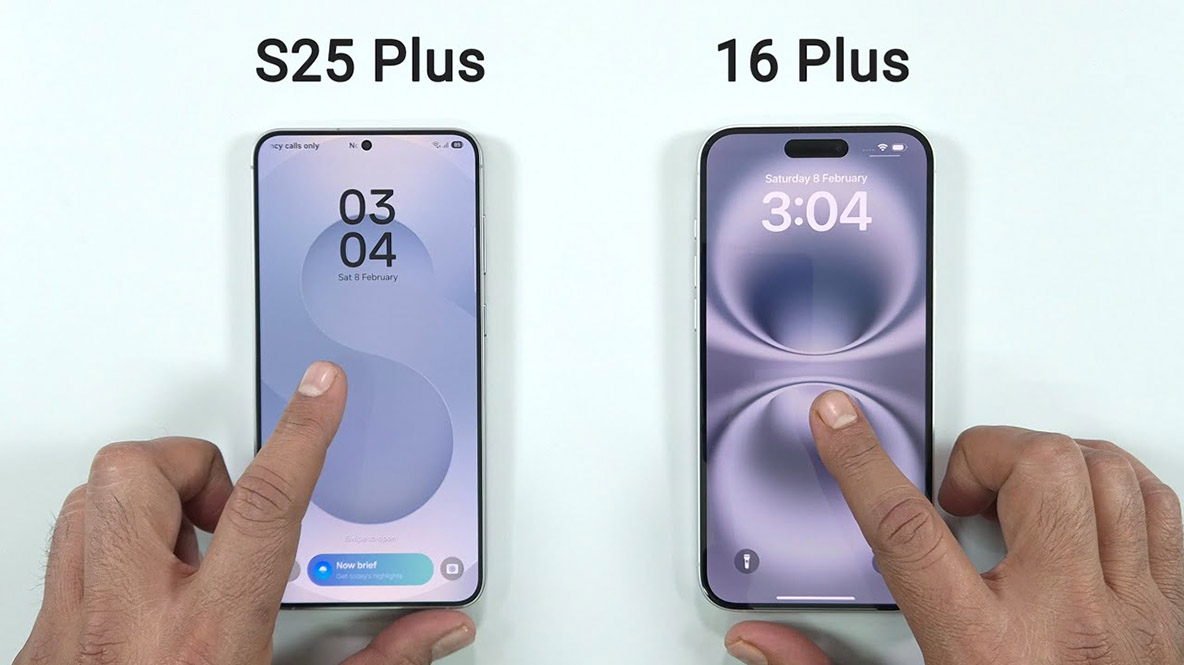
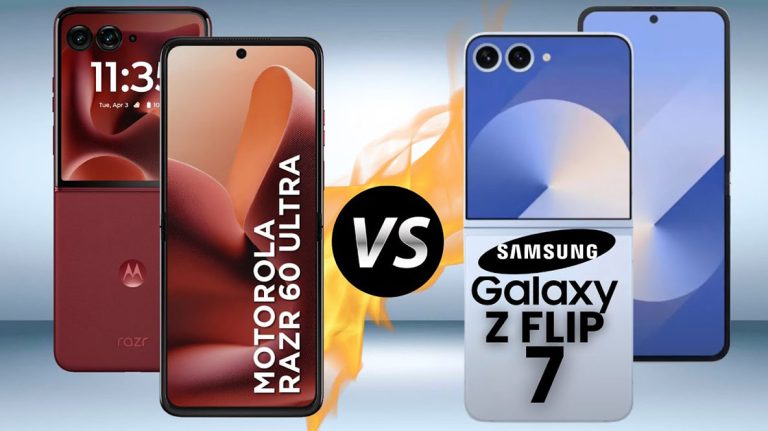
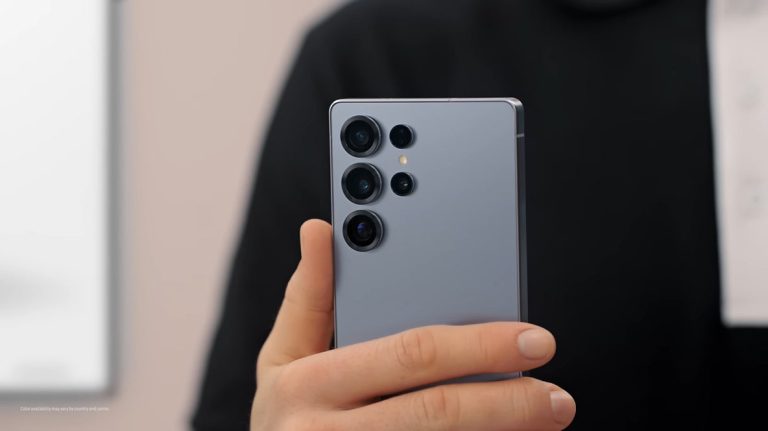

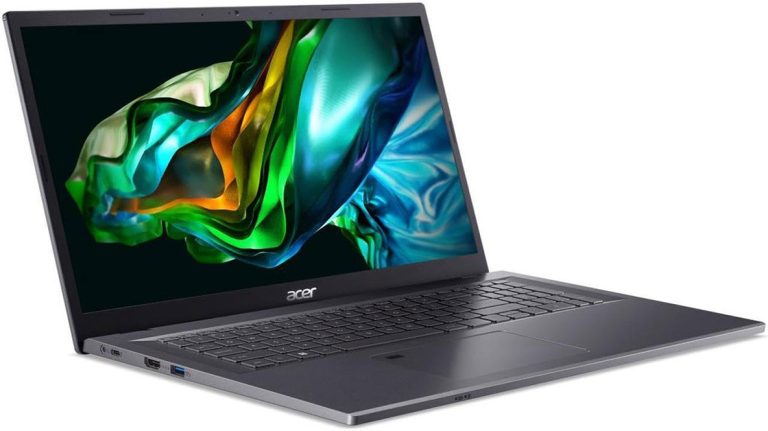
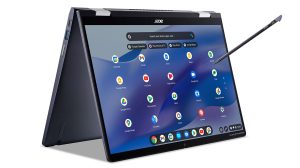
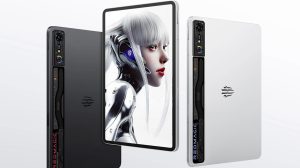
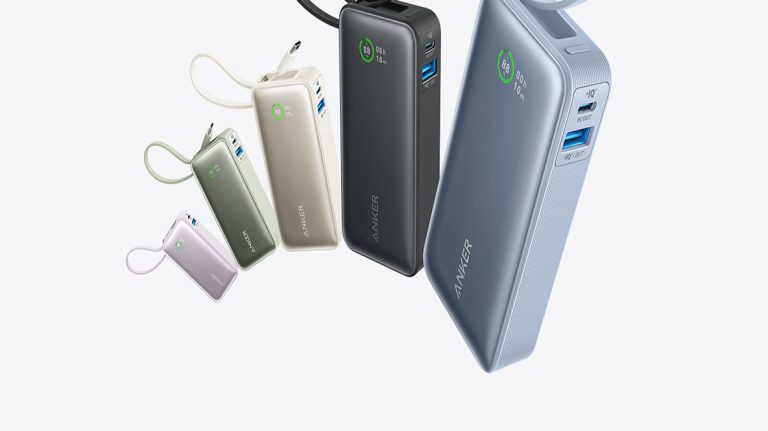
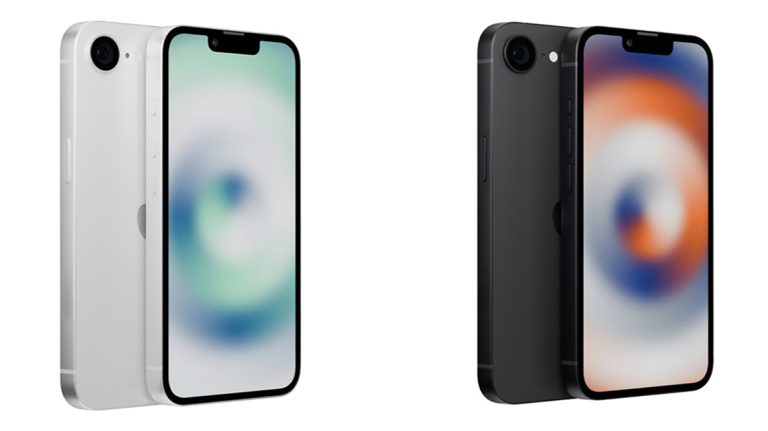
+ There are no comments
Add yours